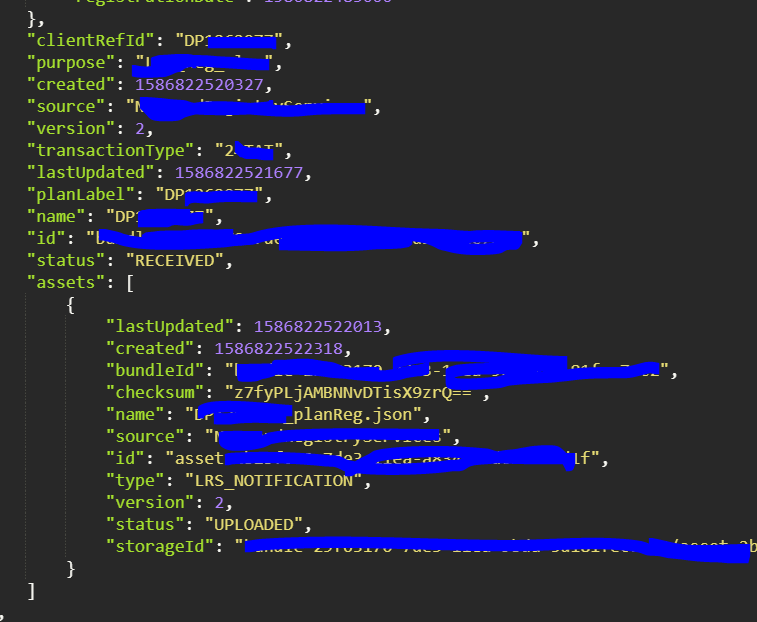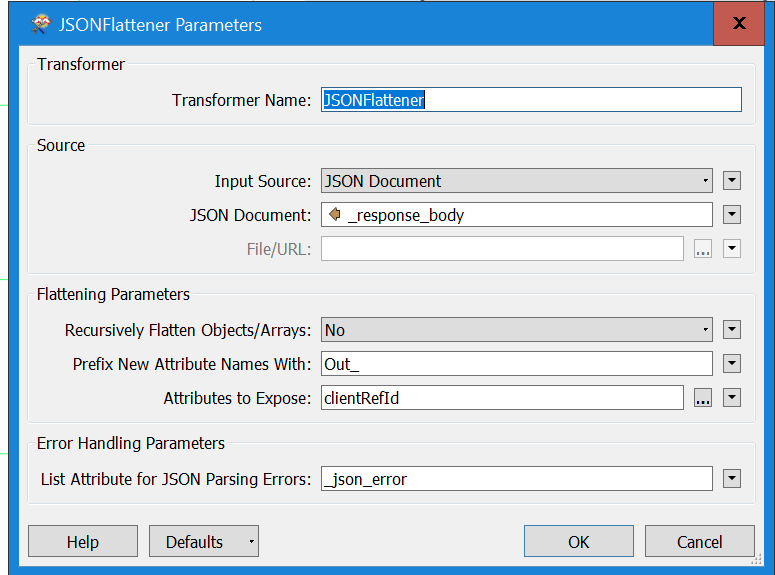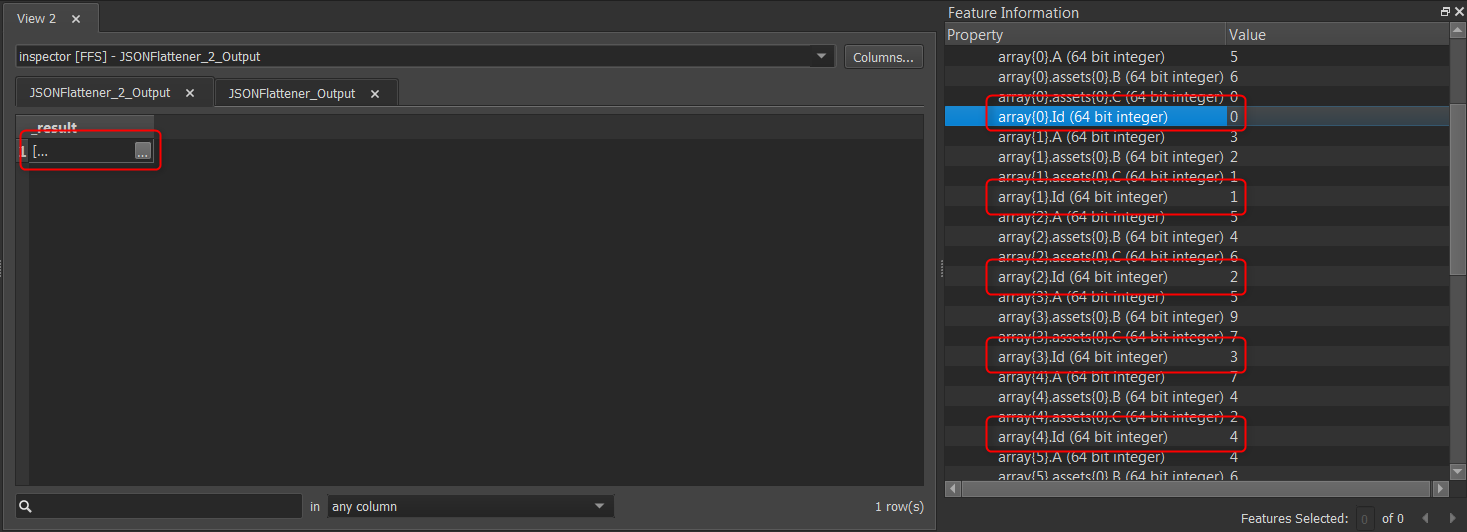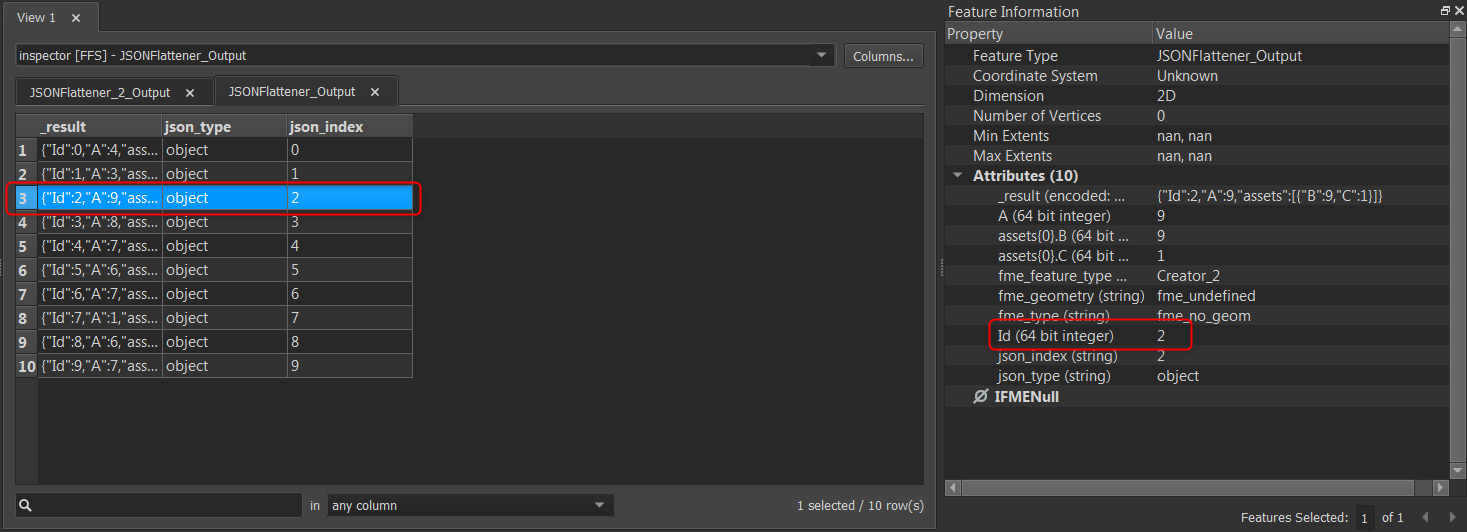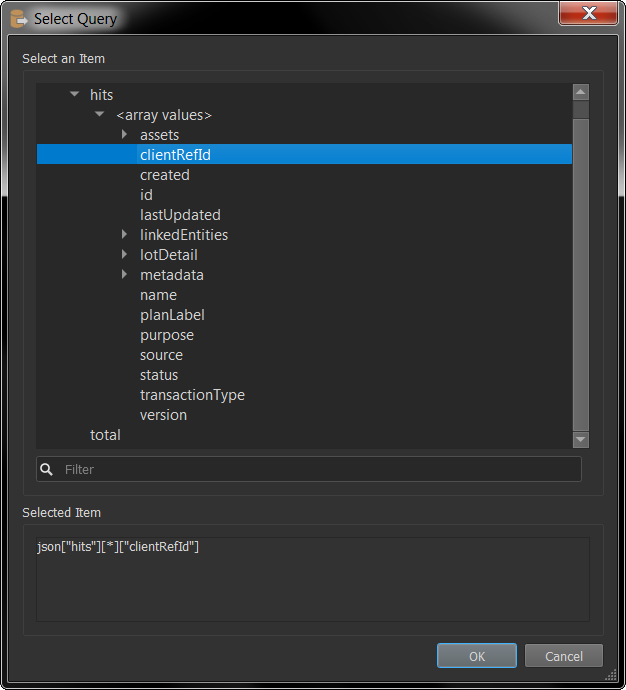Hi all, i am currently downloading a large json body via http caller and i need to split the returned json body into attributes. see below:
the returned json body contains many results (one of which is shown in the below image) which i need to breakup into "clientrefid" with the related fields which then i need to get the ID attriubte returned so i can the use that in the next http caller.
